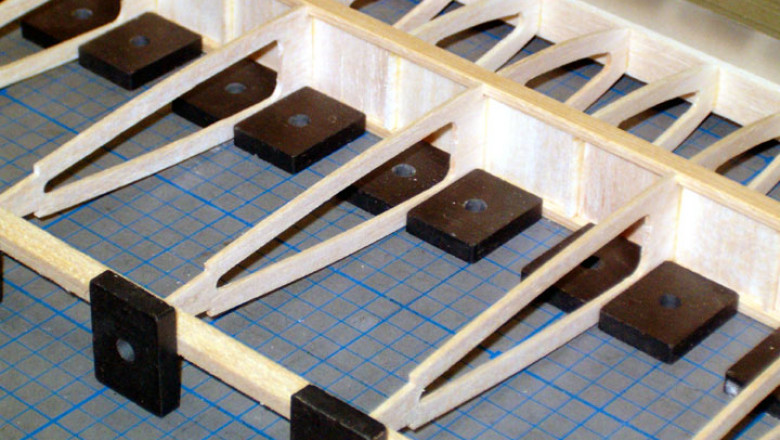views
Understanding Shear Web Load Cells: Key Features and Benefits
When it comes to measuring force and load, shear web load cells are an essential component in various industries, from manufacturing to aerospace. Known for their high accuracy and reliability, shear web load cells are particularly useful in applications where precision in force measurement is critical. In this blog, we’ll explore the concept of a shear web, how it works, and the advantages of using shear web load cells in various applications.

What is a Shear Web?
- A shear web is a structural component used in load cells to transfer the applied force or load to the sensor elements.
- It consists of a thin web-like structure that is designed to deform under an applied load. This deformation is measured and converted into an electrical signal, which provides a precise load reading.
- The shear web is typically located between the load application point and the sensor elements, often in a cylindrical or rectangular shape, depending on the design of the load cell.
How Shear Web Load Cells Work
- A shear web load cell uses the shear force generated by a load applied to the web. The web itself is engineered to experience a shear strain under force.
- As the shear web deforms, it creates a measurable change in resistance or strain. This change is detected by the strain gauges attached to the web, which then transmit the data to an electronic circuit for processing.
- This process allows for highly accurate load measurement, even in high-capacity applications.
Key Features of Shear Web Load Cells
- High Accuracy: The shear web design ensures that the deformation is precisely measured, providing highly accurate weight readings.
- Versatility: Shear web load cells can be used for a variety of applications, including industrial weighing, testing, and force measurement in both light and heavy-duty operations.
- Durability: These load cells are designed to be durable and reliable under challenging conditions, making them ideal for use in environments subject to vibrations, shocks, or harsh weather.
- High Capacity: Shear web load cells are capable of handling high-capacity loads, making them suitable for large-scale operations and industrial processes.
- Compact Design: Despite their high capacity and accuracy, shear web load cells tend to have a compact design, making them easy to integrate into existing systems or machinery.
Applications of Shear Web Load Cells
- Industrial Weighing Systems: Shear web load cells are widely used in industrial applications where precise load measurement is crucial, such as in hopper scales, conveyor systems, and tank weighing.
- Aerospace: In the aerospace industry, shear web load cells are used for testing structural loads and ensuring the safety and stability of aircraft components.
- Automotive Testing: Shear web load cells are essential in testing the performance of automotive parts under various load conditions, providing accurate data for design and quality control.
- Research and Development: These load cells are often used in laboratories and R&D settings for precise force measurement during experiments or tests.
Advantages of Shear Web Load Cells
- Exceptional Precision: The shear web's design ensures highly accurate force measurements, crucial for quality control, safety, and efficiency in various sectors.
- Reliability in Harsh Environments: Shear web load cells are built to last, providing reliable performance even in extreme conditions.
- Cost-Effectiveness: The durability and accuracy of shear web load cells reduce maintenance and replacement costs, offering a cost-effective solution for high-capacity applications.
Conclusion
In conclusion, shear web load cells provide a reliable, precise, and durable solution for measuring forces in a variety of applications. Whether used for industrial weighing, aerospace testing, or automotive force measurement, the unique shear web design ensures high-capacity and accurate load measurement. If you need a versatile and robust load cell, the shear web load cell is an excellent choice for your force measurement needs






















Comments
0 comment